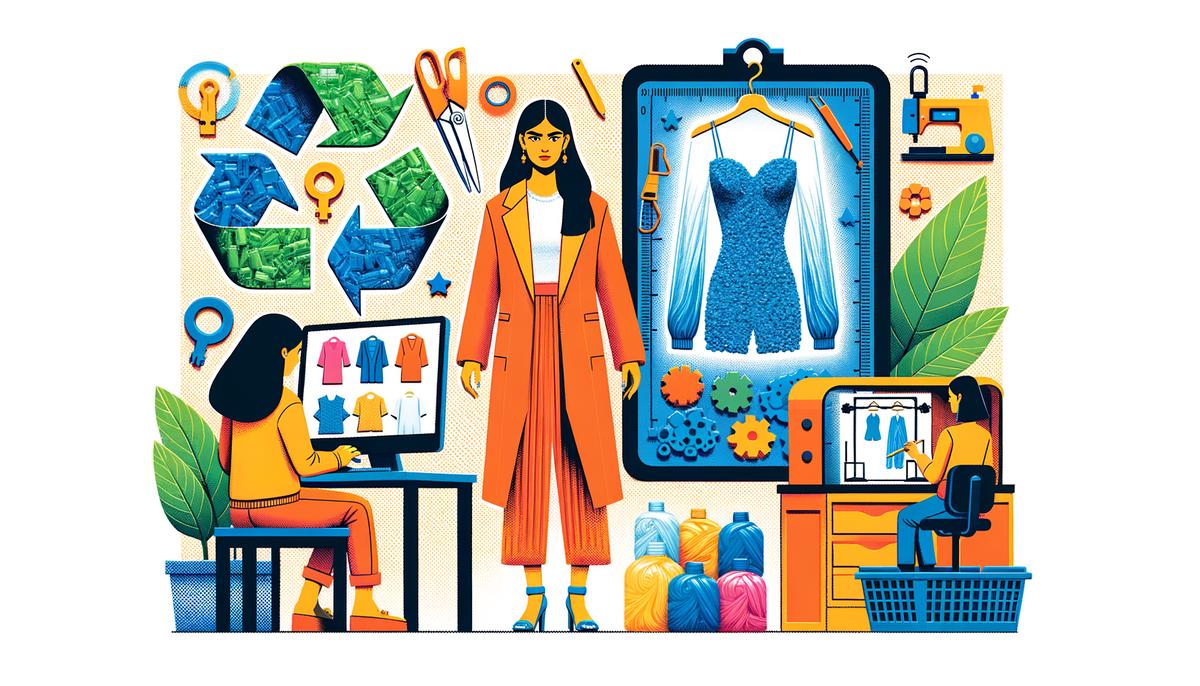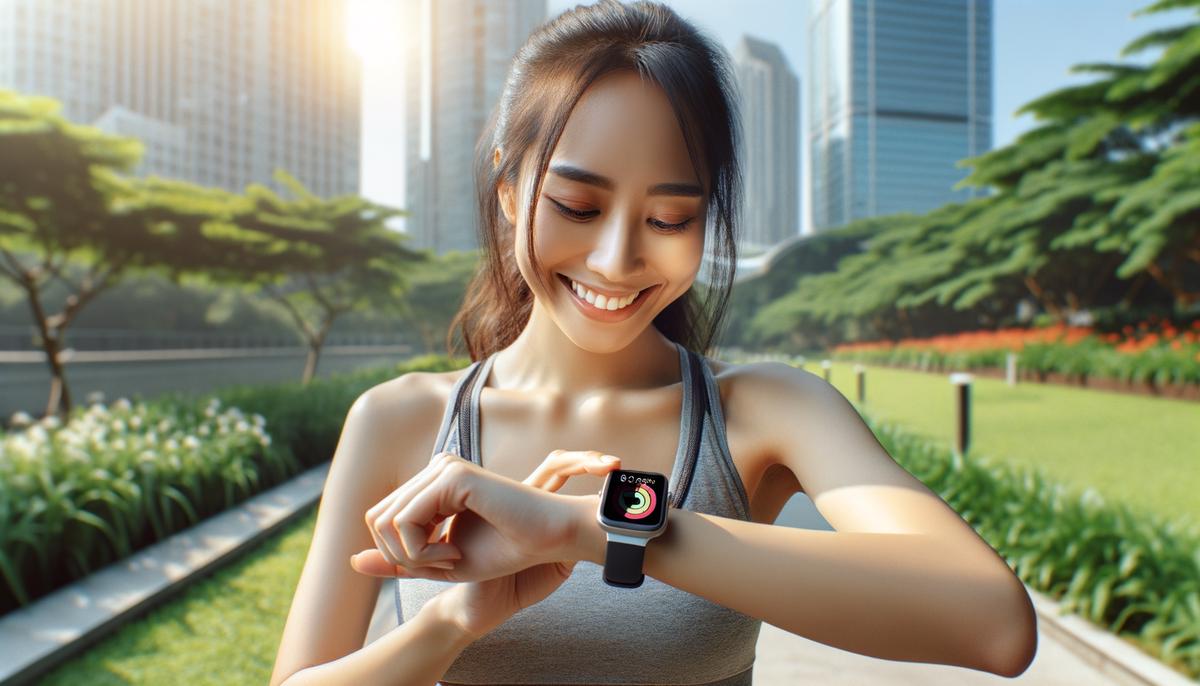The luxury fashion industry is witnessing a significant transformation, largely led by the burgeoning growth of the luxury resale market. Increasingly, discerning and conscious consumers are gravitating towards pre-owned luxury items, fueled by evolving consumption habits, financial considerations, and sustainability concerns. This trend, complemented by advancements in technology and innovative business models, has resulted in a thriving secondary market for high-end goods, presenting a fascinating study of economics, consumer behavior, and fashion.
Exploring the Growth in Luxury Resale Markets
The landscape of the fashion industry is evolving dramatically.
The rise of the pre-owned fashion market, specifically designer fashion, is an economic phenomenon gliding across the industry with swiftness and strength.
Is it merely a trend, or is there a bigger, more profound economic implication behind this attraction towards pre-loved luxury fashion?
The luxury fashion market has long been perceived as inaccessible and highly exclusive with powerhouses such as Chanel, Louis Vuitton, and Dior dominating the sphere.
However, the pre-owned market has slowly and effectively carved out a unique position where quality and luxury is obtainable at a more accessible price point, building what could be dubbed “inclusive exclusivity”.
Firstly, the popularity and financial growth of the pre-owned design market can be credited to the power of technology.
E-commerce platforms such as The RealReal and Vestiaire Collective have revolutionized the way consumers buy and sell pre-owned designer pieces.
With rigorous authentication processes and seamless digital experience, these platforms bring the world of high fashion right to the consumers’ fingertips.
Environmental consciousness plays a strong role in this wave too.
An increasing number of consumers are becoming committed to sustainable shopping.
By purchasing pre-owned designer items, they can satisfy their fashion needs without feeding into the cycle of fast fashion, meeting societal pressure to be both stylish and environmentally conscious.
Another element driving this growth is the recognition of luxury items as valuable investments.
Designer handbags, for example, are known to maintain, and in some cases, increase their value over time.
Platforms offering these pre-owned items are essentially creating a “stock exchange” for luxury goods, bridging the gap further between high fashion and the everyday consumer.
Gateway luxury is another important factor.
The aspiration to own luxury fashion items usually doesn’t match the financial capacity of many consumers, leading to a demand for affordable luxury.
The pre-owned market provides opportunities for consumers to own these high-quality designer items at a fraction of the retail price, making luxury more attainable.
Finally, there’s the thrill of the find.
Hunting for unique vintage pieces adds fun and excitement to the shopping process.
This thrill coupled with the benefit of owning a rare gem that isn’t in current season collections, strengthens the attractiveness of pre-owned luxury markets.
In conclusion, the financial growth of the pre-owned designer fashion market stems from multiple overlapping factors.
The amalgamation of technology, sustainable shopping habits, investment value, affordable luxury and thrill of the hunt has created an appealing destination in this rapidly progressing market.
The continuing evolution and growth potential of this sector is an exciting area to keep tabs on in the trend-savvy, interconnected world of modern business.
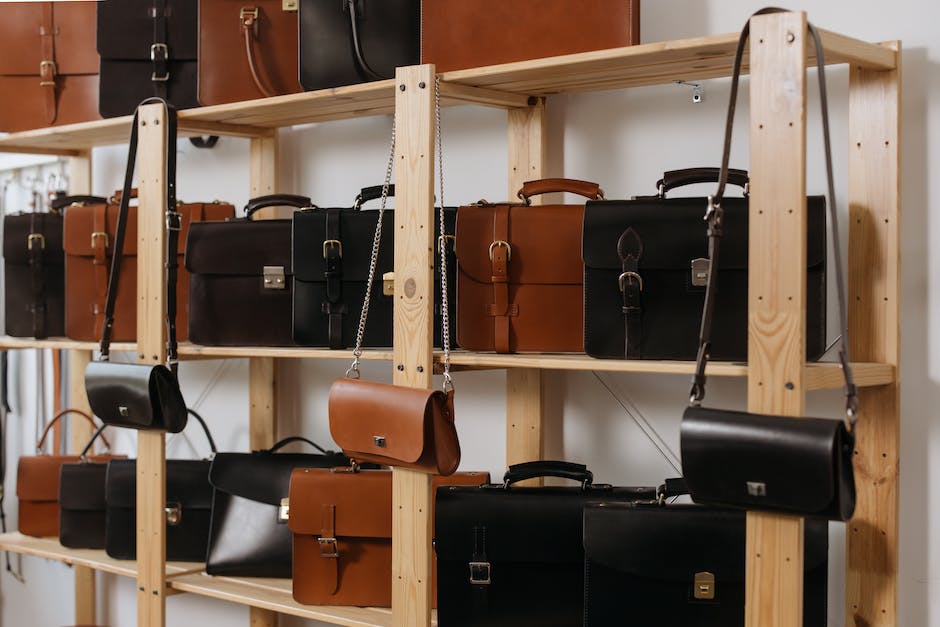
Innovation and Technology Impact on Luxury Resale
Technology and Innovation: The Game Changers in the Luxury Resale Sector
The dynamic world of luxury fashion resales is undergoing a seismic disruption attributable to advancing innovations and transformative technology. This revolution, driven by creative pioneers, is progressively changing how the luxury resale industry operates, catering more proficiently to the evolving needs of a burgeoning customer base.
In the epicenter of this progression are virtual platforms designed to offer seamless experiences to consumers. Artificial intelligence, for instance, is rapidly gaining traction, powering personalized suggestions based on each individual’s fashion preferences and shopping habits. Taking it a step further, machine learning enhances these capabilities, predicting and suggesting fashion pieces to consumers even before the need arises.
Additionally, blockchain technology, erstwhile known for its cryptocurrency influences, is now penetrating the luxury resale market. Its essence lies in ensuring authenticity, eliminating counterfeits from the market, consequently assuring customers of the legitimacy of their luxury purchases. Moreover, it provides a traceable journey of each item, further guaranteeing its veracity and contributing to a justifiable price tag.
Further to this is the advent of mobile technology. This notion, while not new, has reshaped the customer experience in the luxury resale market. Consumers are now able to browse, compare, and make purchases with just a few taps on their smartphones, rendering luxury items even more accessible than ever before.
Innovation is also manifesting through exceptional marketing strategies. The luxury resale industry has eagerly adopted social media and influencer marketing, using these platforms to reach a wider audience. The power of these tools lies in the ability to create a ripple effect, sparking the interest of consumers globally and bringing prospects closer to a purchase decision.
Moreover, the introduction of virtual and augmented reality in luxury resale is slowly cementing its place amid these disruptive technologies. These technologies not only replace the in-store experience of trying on fashion items, but they also bring it to life by providing a more realistic and immersive experience.
As for the future of luxury resale, the industry is far from reaching its apex. As technological innovations continuously evolve, the face of the luxury resale market will continue to morph, providing a more satisfying and customized experience for consumers. Therefore, the key to success for players in this fast-paced, thriving market is to stay abreast of these emergent trends and embrace the disruption on the horizon.
Thus, in this new era of disruptions and transformations, it’s clear that the luxury resale industry is no longer just about access and affordability; it’s about the innovative experience. Thanks to a tidal wave of technological advances, luxury fashion resales don’t just look different—they feel different. And with the stage set for even further innovation, this breath of fresh air promises to bring sustained prosperity and growth to this booming industry.
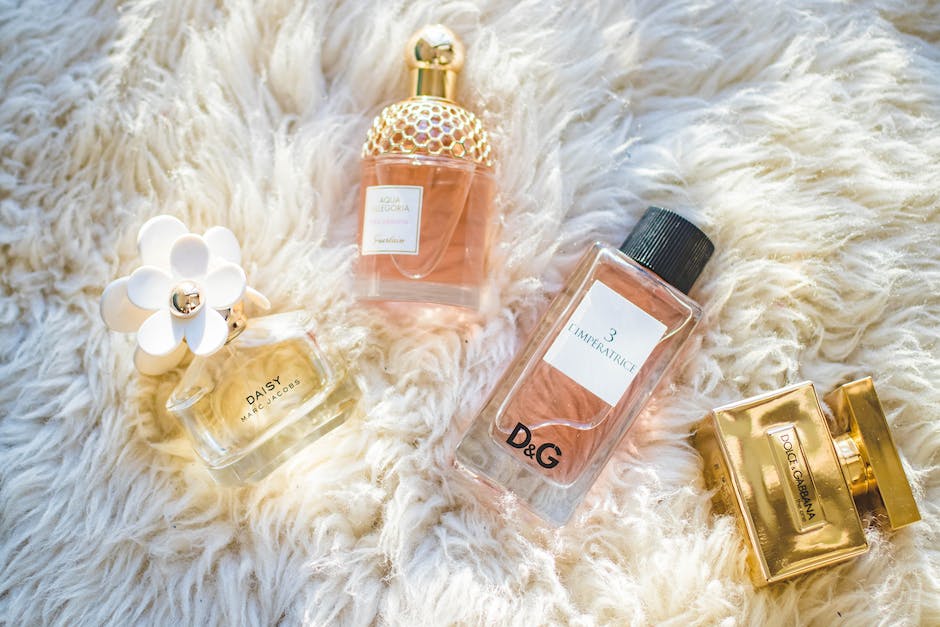
What Role Does Luxury Resale Play in the Revival of Vintage Fashion?
Luxury resale plays a significant role in the vintage fashion revival in business. It allows people to own high-end, timeless pieces at a fraction of the original cost. The resale market also helps reduce waste and promotes sustainability by giving new life to pre-owned luxury items.
Business Models and Strategic Approaches in Pre-owned Luxury Market
While it’s clear that the pre-owned fashion market is on an incline and technology is playing a substantial role in this upward trend, successful business models and the strategic approaches they utilize are fundamental to cultivating this market sphere.
It’s not just about selling second-hand luxury items, it’s about creating an entire experience that plays into consumer demands and preferences.
Consider the consignment business model. Masters of this sphere, such as The RealReal and Vestiaire Collective, have managed to carve out a niche within the luxury resale market. Unlike traditional thrift stores, consignment businesses select and curate their inventory, focusing on high end, luxury brands. This alluring mix of scarce resources and unique finds, all with lower-than-retail prices, sits well with today’s consumer who seeks a bargain without compromising the allure of luxury items.
On the other hand, peer-to-peer (P2P) models deliver the best of both worlds. Platforms like Depop and Poshmark put the power in the consumers’ hands, allowing them to sell directly to one another. By skipping the middleman, P2P models create a sense of community among users, increasing customer engagement and loyalty. It’s an appealing option for those consumers who enjoy the hunt of scouring through listings to find that elusive luxury piece at a steal price.
Both of these models have recognized the power of data. By using AI and machine learning, businesses are able to anticipate consumer trends, recommend products based on personal preferences, and more accurately price items. This smart use of big data keeps these businesses competitive and relevant in the fast-paced world of fashion.
And let’s not overturn the advantage of influencer marketing. Businesses are harnessing the power of social media influencers to authentically pitch their products to extensive, engaged audiences. It’s a powerful way to build brand awareness, increase engagement, and drive sales, all while working to reduce the perceived risk of buying pre-owned items.
Furthermore, to guarantee authenticity and combat counterfeiting, some businesses are turning towards blockchain technology. IOHK’s Cardano and LVMH’s Aura project are prime examples of how verifiable blockchain tech is being employed to authenticate luxury goods, creating trust, and transparency in the process.
While focusing on mobile technology, businesses must also prioritize creating seamless experiences, as today’s consumers expect convenience. The use of augmented and virtual reality can give consumers the chance to try on outfits from the comfort of their home, a game-changer in luxury resale.
Make no mistake, the luxury resale market is ripe with opportunity. As it continues to evolve, a combination of innovative technology, strategic marketing, and sound business models will shape its course. Its potential is vast, and the successful businesses will be the ones who can swiftly adapt, innovate, and meet the everchanging demands of the market.
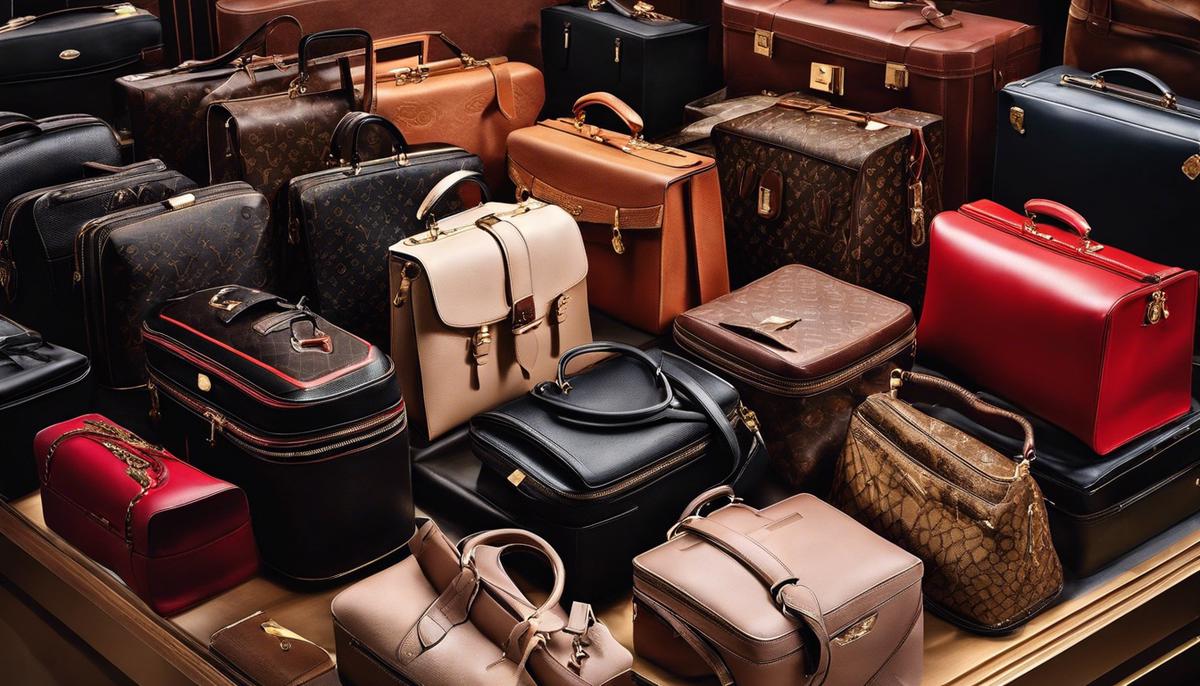
Sustainability and Luxury Resale Markets
Entrepreneurs are witnessing a significant transition in the world of luxury fashion towards pre-owned, or more elegantly put, ‘secondhand’ market. What’s fueling this growth? And how it is contributing to sustainable practices? Let’s examine this further.
Luxury is no longer a first-hand affair. Exceptional pieces are finding a second life with acutely discerning individuals. Why? The answer can be found in the mirror of modern consumer behavior, which now places a premium on sustainability. Let’s briefly address this shift.
The affluent are not merely driven by brand prestige anymore but are well aware of the world around, readily echoing the sustainability mantra, passionately believing in the circular economy, hence endorsing the secondary luxury market.
This advocacy shapes a lucrative business opportunity that smart entrepreneurs can’t overlook. Consumers are giving a nod to secondhand luxuries, inadvertently making luxury brands act. Many identified brands are investing or teaming up with secondhand platforms to extend their lifecycle, tagging a clue that pre-owned is the future.
The secondhand luxury industry growth’s cardinal thread links back to sustainability, causing a ripple effect on many facets. Let’s walk through few of these:
- Consider the environmental impact. Let’s not shy away from admitting that high quality lasts longer and can be reused, hence curbs the waste-generation pace, illustrating environmental stewardship. For every luxury bag bought secondhand, the carbon, waste, and water footprint diminish by a noticeable margin.
- Next on the radar is the employment sector. As secondhand luxury swells, so will the need for adept individuals to scrutinize, authenticate, and refurbish these luxuries before resale – creating an entirely new job market, uplifting economic structures.
- The luxury resale market also fosters the ethos of democratized luxury. It tears down the barrier of high prices, enabling consumers from varying economic backgrounds to engage with and appreciate these once ‘out of reach’ items.
- Finally, let’s not forget the ripple effect of this booming sector on innovating and ramping up technological solutions. With concerns about verifying authenticity and maintaining product quality, technology presents an irresistible solution. New applications and improvements in blockchain, data algorithms and virtual reality bear a testament to this pursuit.
Summing it all up, the growth of the secondhand luxury market is not just changing the way we perceive luxury – it’s redefining it. It’s a nod to a sustainable future, spoken in the language of high fashion. As savvy business players, it’s pertinent to understand, engage, and stay ahead in this dynamic landscape.

In light of emerging trends and consumer inclinations, luxury pre-owned items are not just an economically attractive option but also a sustainable choice. Businesses capitalizing on this market are not only reaping financial benefits but are also contributing to creating a more sustainable fashion economy. They are endeavoring to strike a delicate balance between maintaining brand value, building consumer trust, and driving revenue growth – all while leading the path towards a more responsible fashion consumption pattern. This exciting development heralds a new era within the luxury fashion industry, fueled by conscious consumerism, innovative technology, and strategic business modeling.







